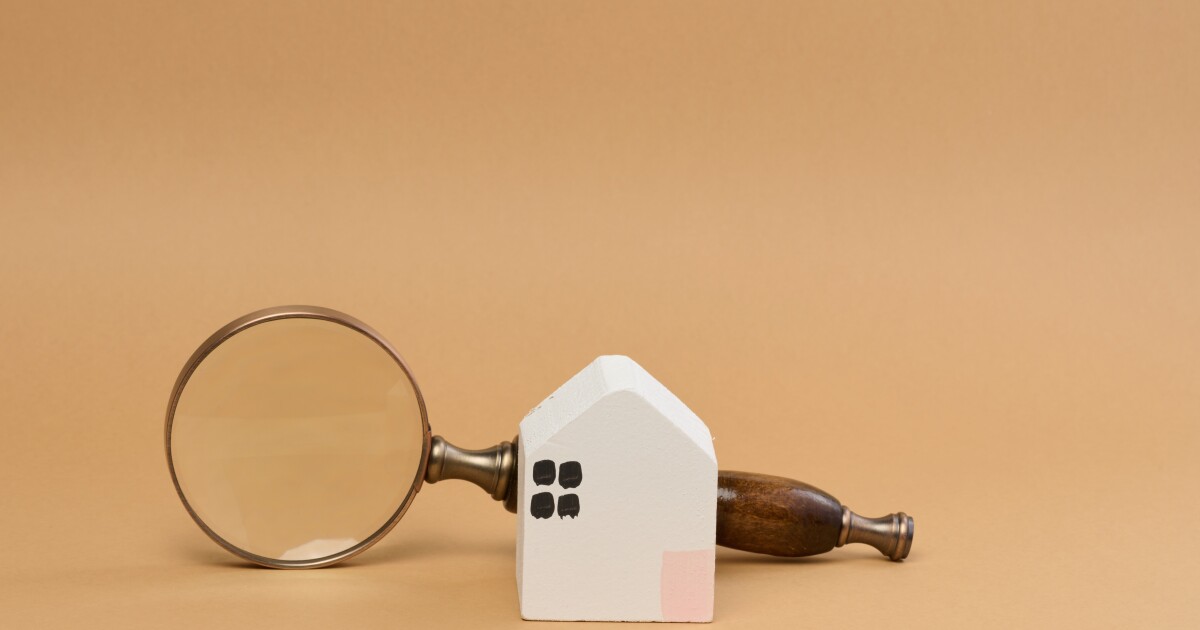
Even though
Borrowers also held a record $11 trillion in "tappable" home equity outstanding above the 20% level at that time, the study found. Lenders like to ideally keep 20% of equity in reserve as an incentive for borrowers to pay primary home loans.
The steady rise in home equity highlights a disparity between the financial position of owners and renters looking to buy.
"Such strong price gains continue to plague would-be homebuyers in today's higher-rate environment, but for existing homeowners the picture keeps growing brighter," said Andy Walden, ICE vice president, enterprise research and strategy, in a press release.
Some lenders have been working to encourage more existing borrowers to tap equity through a home equity loan or line of credit if needed. Also government-related investor Freddie Mac has proposed adding
While the market offers higher primary mortgage interest rates than many currently have, discouraging some activity, seconds available for qualified borrowers with tappable equity may be attractive in that they offer lower financing costs than some other forms of consumer debt.
While ICE's study recorded some deceleration in annualized home-price growth during March to 5.6% from an upwardly revised 6% in February due to affordability strain, there are questions about how much softening is occurring in the U.S. and whether any of it reflects a larger trend.
The market to watch may be the Sunshine State, where Walden said he's seen the most surprising shift in trends regionally.
"The one that really stands out to me in terms of a changing market is Florida," he said in an industry webinar about the ICE Mortgage Monitor report.
While trends are still mixed in the state, there's been an increase in the extent to which areas are experiencing a return to pre-pandemic listing levels and slightly softer prices. This has landed Florida at the bottom of the rankings of the top 100 largest markets based on seasonally, adjusted one-month home price growth for March.
"It'll be worth watching Florida very very closely over the next couple of months to see, hey, is this a blip? Or is there something more to watch here?" Walden said.
Also, new buyer sentiment overall has grown more pessimistic, according to a housing report from the Federal Reserve Bank of New York released Monday.
"Renters' views on the ease of obtaining a mortgage deteriorated substantially, with 74.2% stating that obtaining a mortgage is somewhat or very difficult," the study said. "In fact renters' self-assessed probability of ever owning a home decreased to a new series low."
That said, the report also showed overall consumer-sentiment readings for home prices are generally bullish.
"The pace at which households expect home prices to rise in the next year has accelerated after falling last year, with average one-year ahead expectations now reaching their second highest reading in the survey's history," the New York Fed said.
One reason for the disconnect between home price and renter sentiment may be the degree to which existing owners become buyers despite rate disincentive issues many have.
Even though lower rates discourage existing homeowners from buying new homes, some still are, and those facing job changes or other reasons to move are in a relatively favorable position to do so because of their equity, even if they have to leave behind lower rates to do it.
"They might be upset because they have to leave behind a 3% interest rate, but life is more important than interest rates," Mike Fratantoni, chief economist at the Mortgage Bankers Association, said in webinar Snapdocs hosted earlier this year about the outlook for the market.



